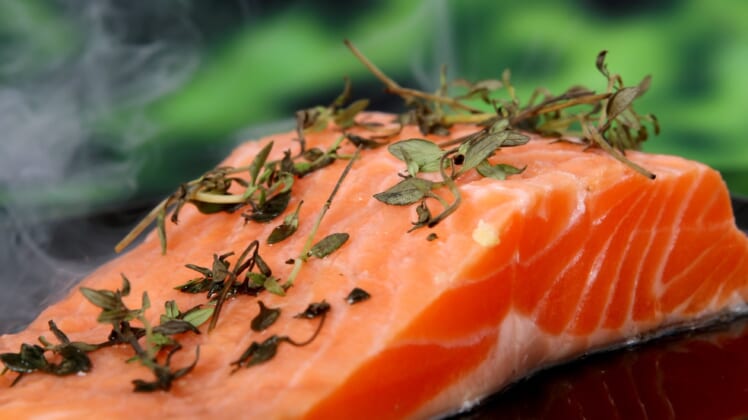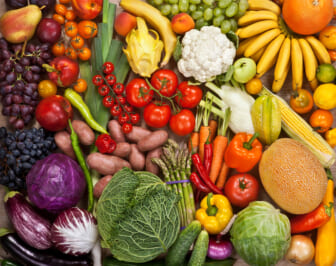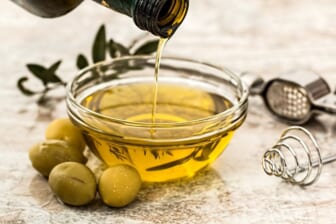
You probably know that you should be eating more fish. Fans of the Mediterranean diet have been telling us that the healthy fats in fish are important, and the American Heart Association recommends eating at least two servings of fish, preferably fatty fish, each week.
But it’s easy to bypass the seafood counter. There are too many options, maybe fish you don’t recognize, and high price tags. Besides, aren’t we supposed to be avoiding fat?
How Fish Fat Is Different?
Fish fat is different. Unlike other animal fat, it isn’t saturated fat. It’s in the form of omega-3 fatty acids which help slow the buildup of plaque in our arteries and reduce our risk of heart disease. Both healthy people and people who have already been diagnosed with heart disease benefit from adding omega-3 fatty acids to their diets.
And let’s uncomplicate the seafood counter. In order to get two servings of fish every week, you only need to get familiar with buying and preparing a few varieties that you enjoy.
What you’re looking for is a few types of fish that are:
- Low in mercury and contaminants,
- Have an impressive nutritional profile
- High in healthy oils
- And are sustainably caught or farmed.
Show up to the seafood counter next time with a plan, and you won’t leave empty-handed. And that smell? As long as it isn’t intensely fishy, ammonia-like, or sour, it’s just part of the seafood experience. Just imagine you’re at the ocean.
4 Types Of Fish You Should Be Eating
1. Salmon
Starting with a fish that’s easy to find at almost every seafood counter (or in the frozen aisle), wild-caught salmon is both sustainable and high in omega-3s. Salmon is also high in protein, B vitamins, and minerals like potassium and selenium. When wild-caught salmon isn’t available, look for farmed salmon that’s sustainably raised. For a cheaper option that’s great flaked over salads, wild-caught salmon is sometimes available canned, and though it’s prepared differently and can’t be substituted for fresh salmon in recipes, it has all of the same health benefits.
2. Mackeral
Atlantic mackerel is a less popular seafood choice, but it’s a good source of healthy fats, is extremely high in B12, and repopulates quickly, making it a choice not vulnerable to overfishing. Other types of mackerel should be consumed carefully because they have high mercury levels, but Atlantic mackerel is very low in mercury and considered safe to consume at least twice a week. More popular overseas, this oily fish is delicious baked or cooked on the stovetop but may be at its best when grilled.
3. Catfish
You may have been warned off of farmed fish, but safety and sustainability really depend on the fish and the farm. Farmed catfish is a healthy, sustainable, and affordable choice that contains both omega-3 and omega-6 fatty acids. And catfish isn’t just for frying. It’s also excellent baked or broiled.
4. Sardines
Sardines are actually in the herring family, and they’re a cheap, healthy source of omega-3s, B Vitamins, Vitamin D, and minerals. And they’re easy to buy and store. They come in cans that can be stored in the pantry for a no-stress serving of fish any day of the week. The culinary possibilities are virtually endless – pizza toppings, fish cakes, and pâté are just a few uses.
Other sustainable fish include largemouth bass, pacific halibut, and canned skipjack tuna.

The Best Diets for Feeding Your Brain
The Types Of Fish You Need To Avoid
High Mercury Fish
Swordfish, shark, orange roughy, and ahi tuna are all fish that, though otherwise healthy, contain too much mercury to safely eat twice a week.
In fact, the National Resources Defense Council recommends avoiding them entirely, and in addition to containing high mercury levels, they’re all caught in ways that are damaging to fish populations or the environment.
Other fish that are recommended at no more than three servings per month include grouper, Chilean sea bass, yellowfin tuna, canned albacore tuna, and Spanish mackerel.
Atlantic Cod
Decades of overfishing have devastated the Atlantic cod populations, and if we want this fish to be around for future generations, we need to be careful about how we consume it. If you purchase Atlantic cod, try to select cod that comes from land-based farms that have a minimal impact on the environment.
There are a few other seafood options you may want to steer clear of. Lobster is extremely high in cholesterol, expensive, and lacks many of the health benefits of fish; eel is overfished and high in mercury and other contaminants; and imported shrimp, especially farmed shrimp, may contain antibiotics and other chemicals.
Next time you’re at the grocery store or planning meals for the week, make a few smart fish choices. Your heart will thank you!

The Truth About Healthy Cooking Oils

